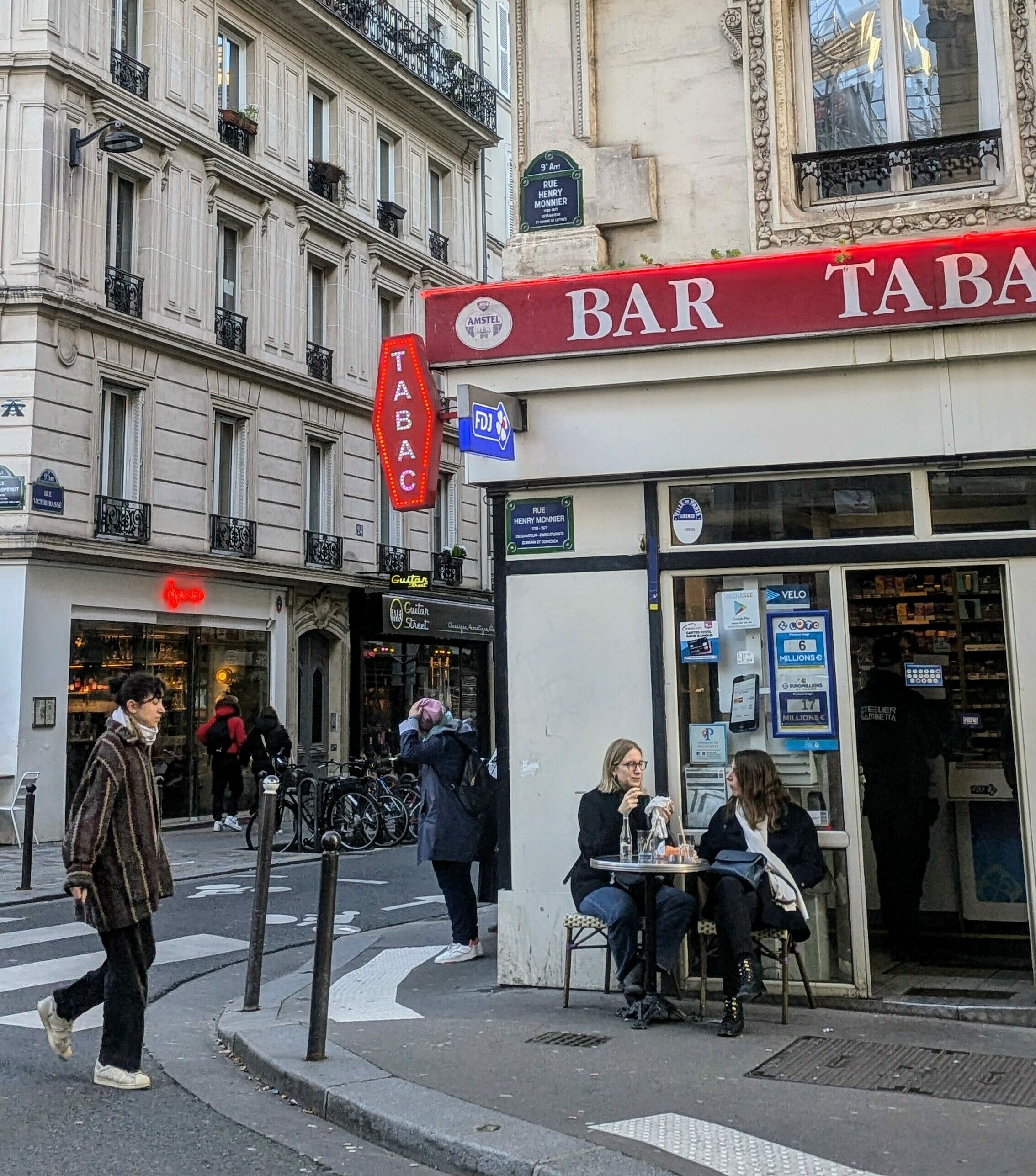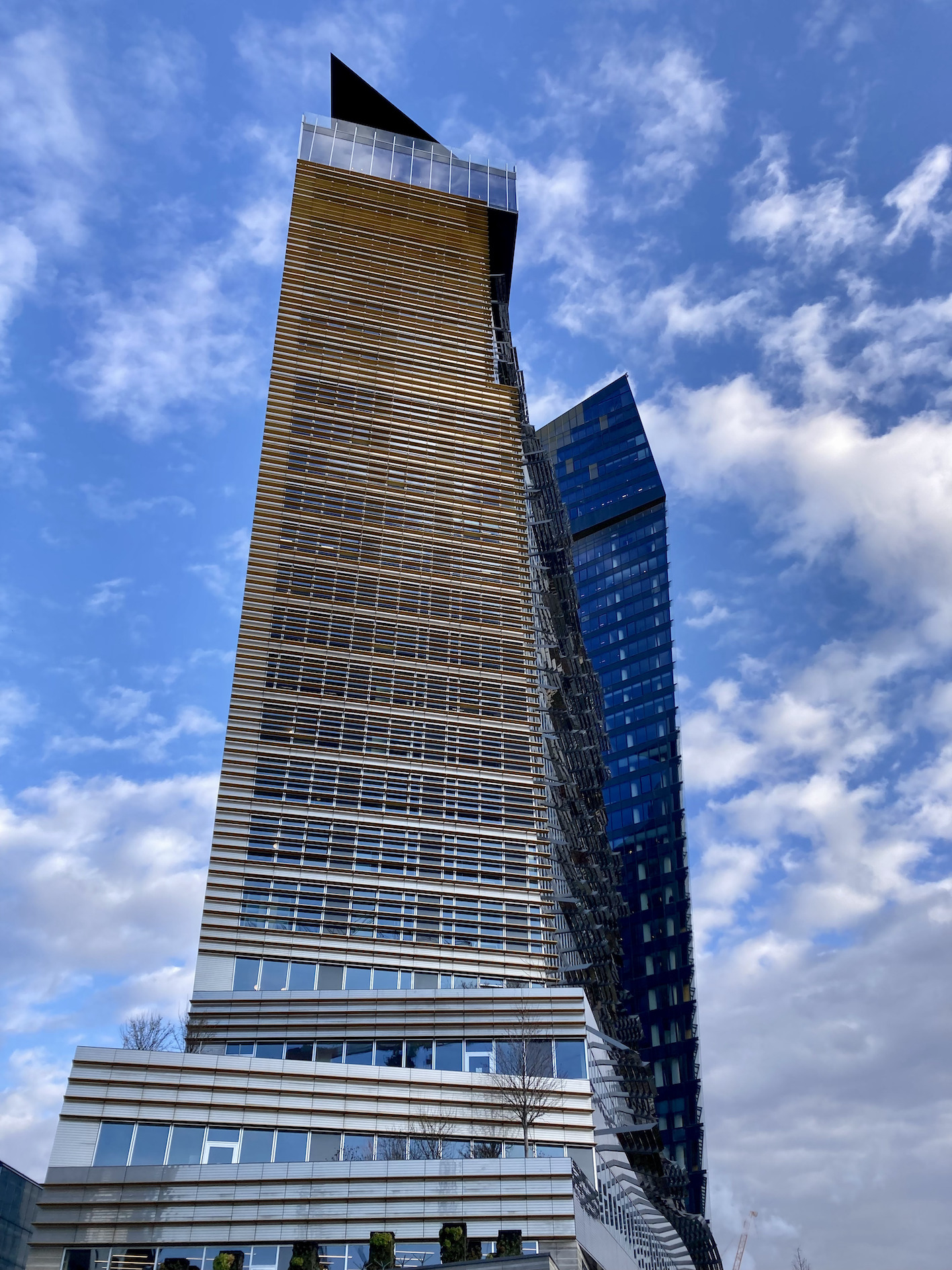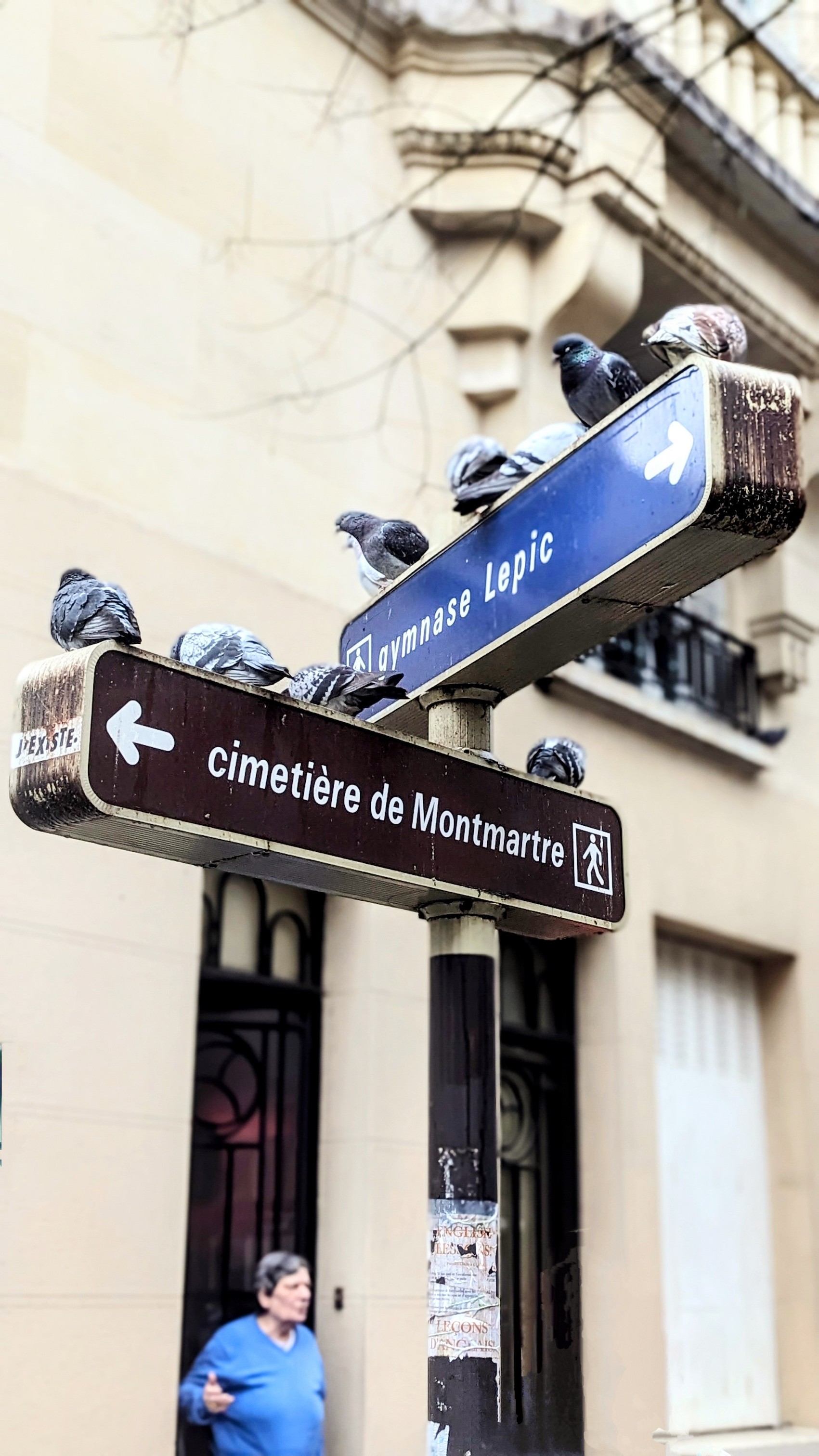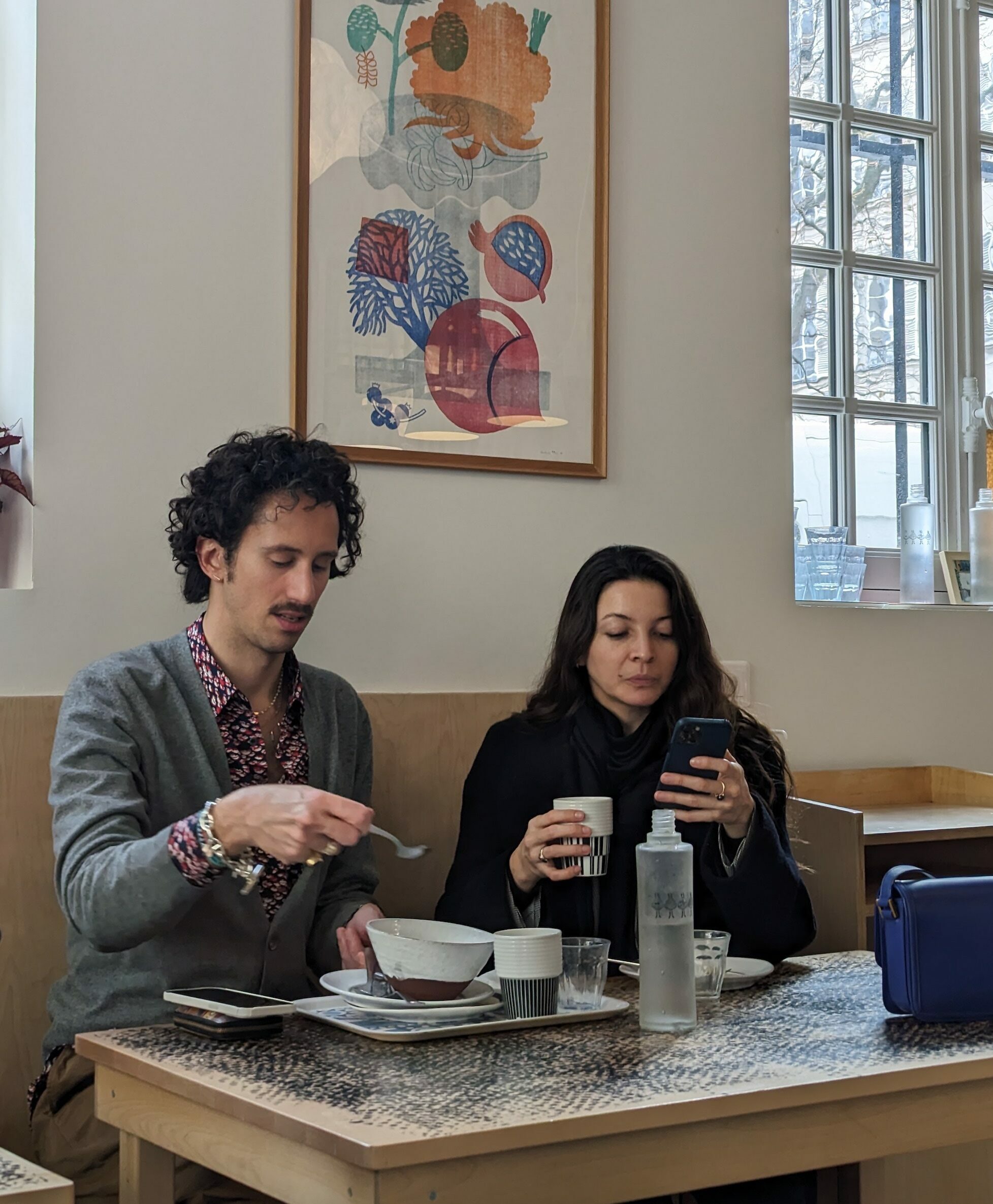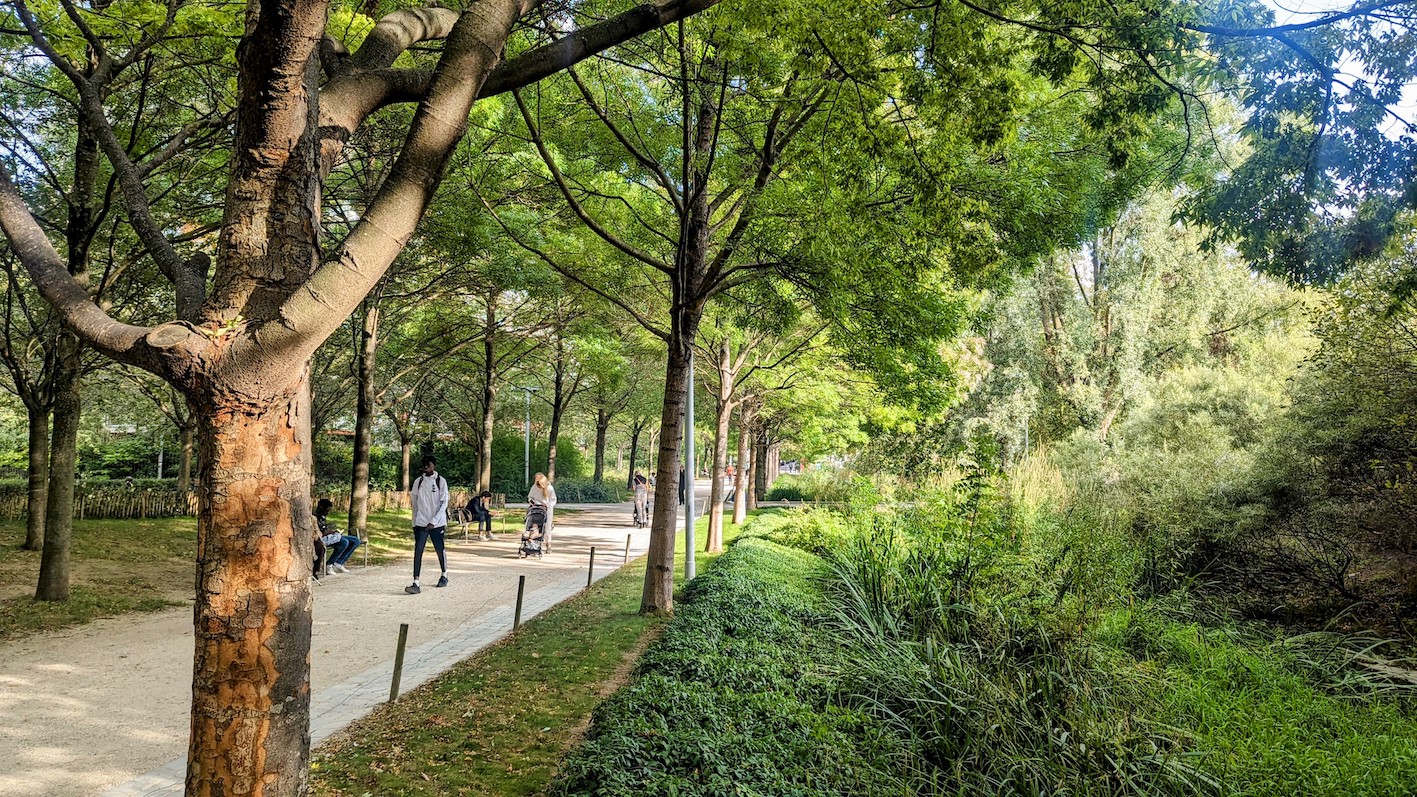The 11th arrondissement: young, happening, eclectic
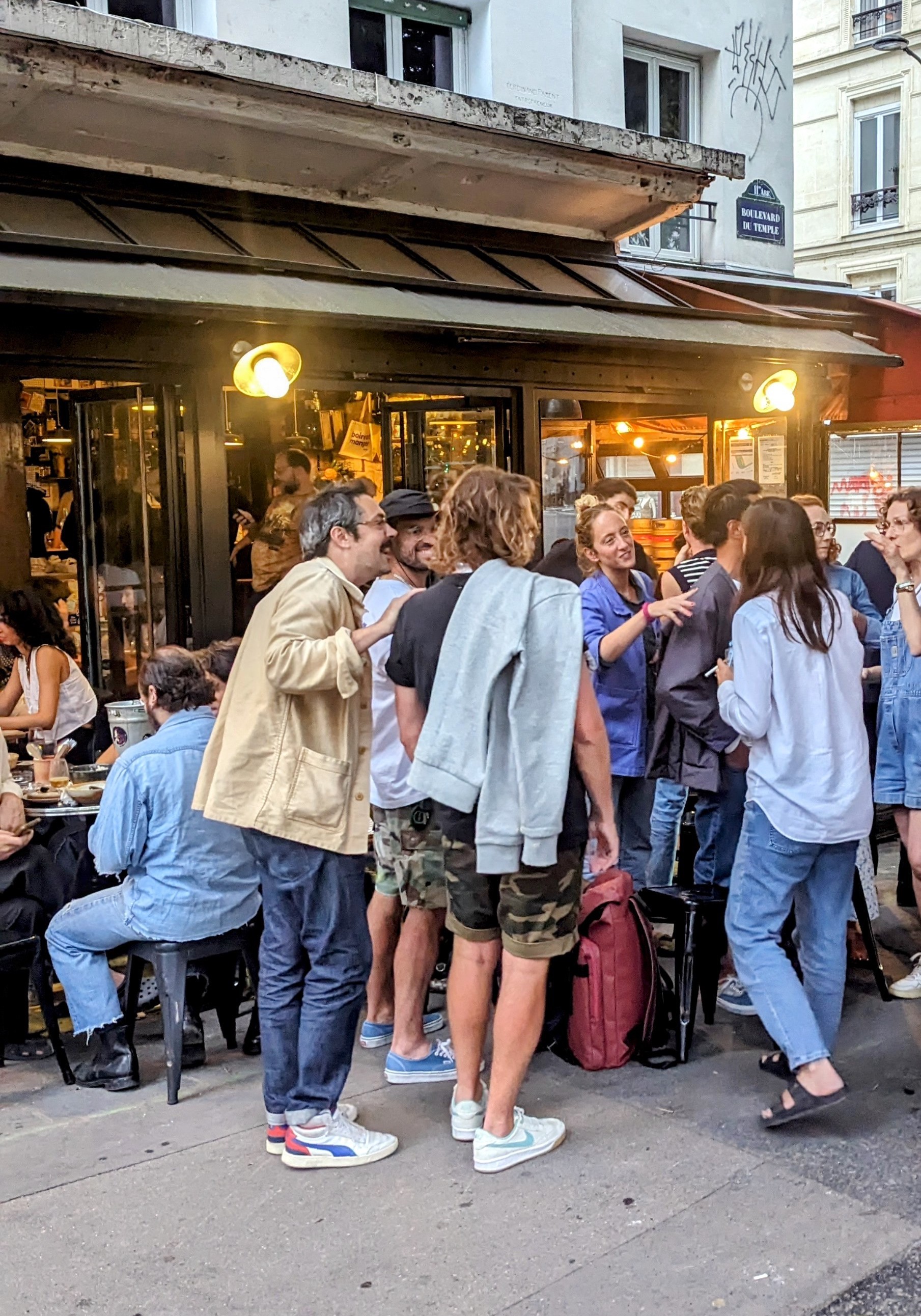
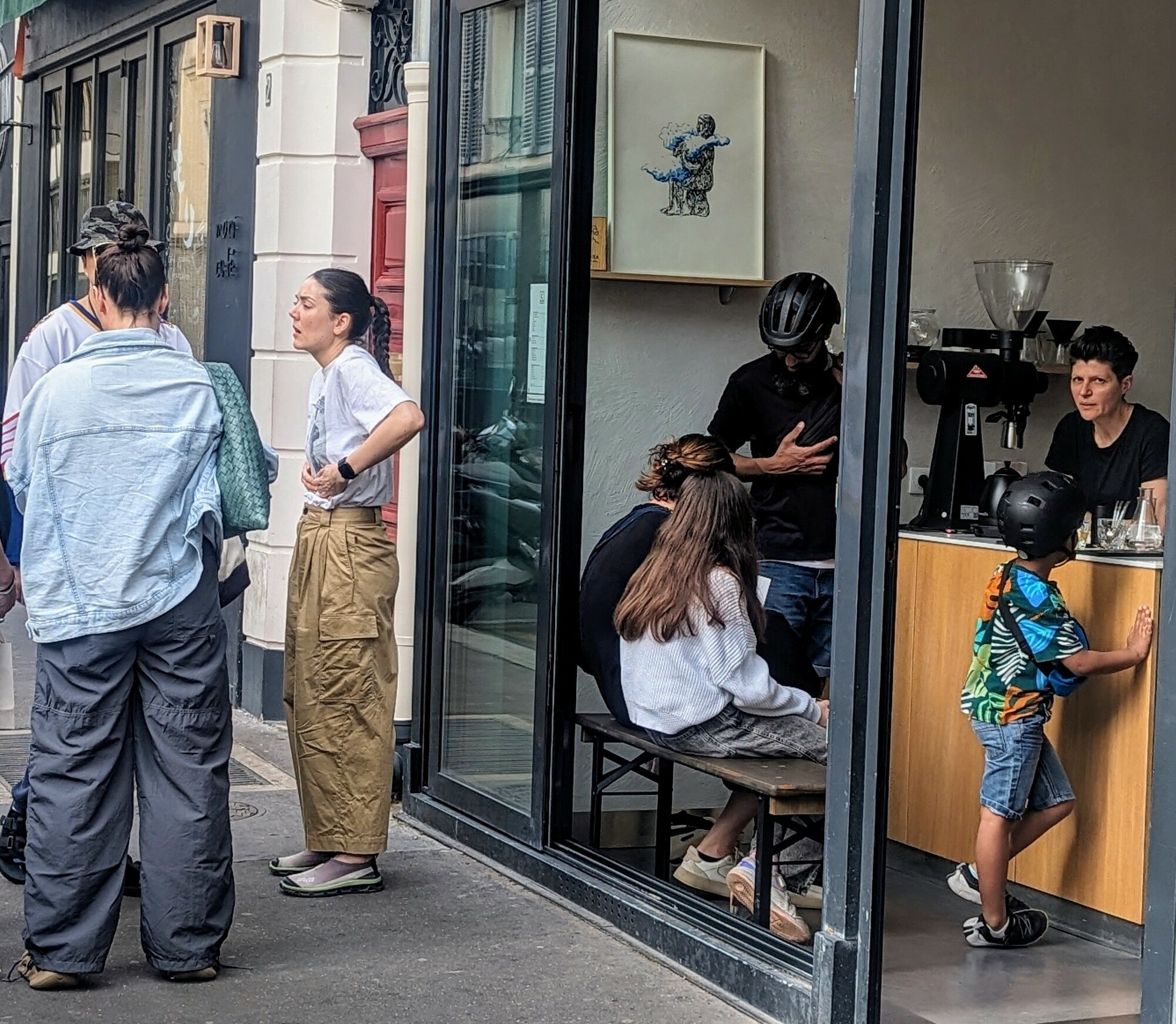
If you have never been to Paris, or even if you have, understanding the twenty arrondissements of Paris can be overwhelming, so we will try to give you an overview of each one, starting with the 11th arrondissement. Why the 11th and not the 1st? Because it’s one we know particularly well, since both Linda and I lived here not too far from each other. Funnily enough, that was before we met, but who knows, maybe we already crossed paths in our former neighborhood without knowing it.
By the way, if you’re unsure about where to stay, take our quiz and find out which arrondissement covers what you’re looking for: The trendy 11th, the relaxed 14th arrondissement or the busy center – which neighborhood suits you best?
From craftsmen to craft beer
If we had to describe Le Onzième, as the French call it, in three words, we’d say young, happening, eclectic. There are so many great bars, restaurants, coffee shops, small boutiques and interesting places interspersed with pleasant squares that you could probably spend a week in this area alone and never get bored. This is thanks to the heavy gentrification that this former working-class neighborhood has undergone over the past few decades.
The south of the 11th, around the Rue du Faubourg Saint-Antoine on the border of the 12th arrondissement, was famous for its craftsmen and furniture makers, and some of the courtyards and passageways still bear witness to this activity. Today it’s hipster heaven, with organic sourdough bakeries, craft beer breweries and natural wine bistros on almost every corner.
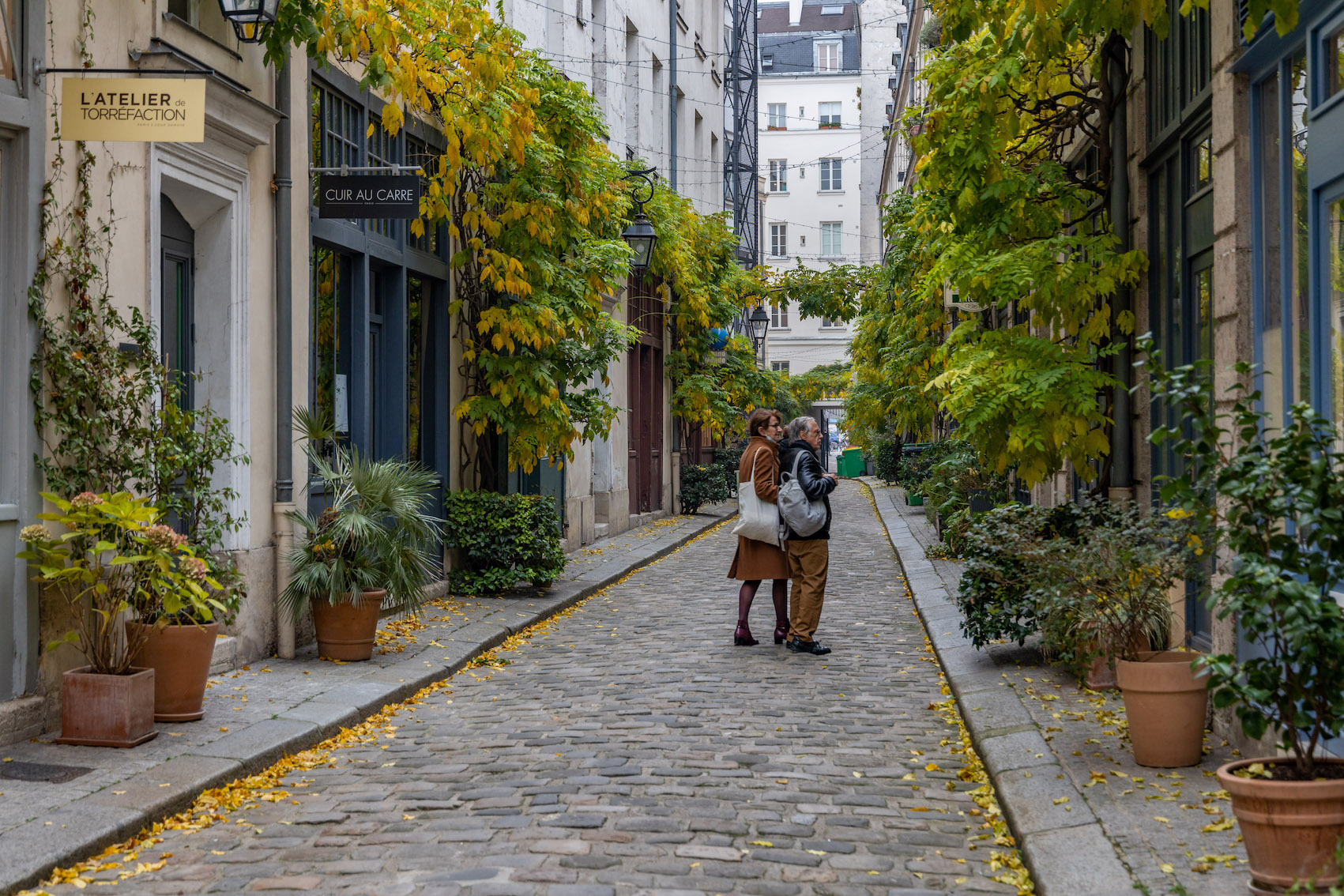
A bloody past
Located between Bastille, République and Nation, it is not only the most densely populated arrondissement in Paris, but in all of Europe, even if it is not yet at its population peak, which it reached in 1911, when a total of 242,295 Parisians lived here (vs. 142,583 in 2021). It is also the best-served Parisian arrondissement in terms of the number of métro stations.
A bit of dark history can still be seen today at the corner of Rue de la Croix-Faubin and Rue de la Roquette. In the middle of the street are five flat slabs, the remains of a guillotine that stood at the entrance to the Roquette prison (now replaced by the Square de la Roquette park). Two hundred people were executed here between 1851 and 1899, and the slabs are a reminder of a gory time when public executions were considered family entertainment.
If you’re not afraid of being haunted by headless ghosts, the Onzième is one of the best options if you want to dive into trendy venues without drowning in a sea of tourists.
Find the best things to do in the 11th and beyond
Get personalized recommendations for restaurants, galleries, bars, coffee shops, fashion boutiques, nightclubs, spas, fun activities and more in the 11th or for all of Paris. Fill out our form to get your own unique travel guide.


